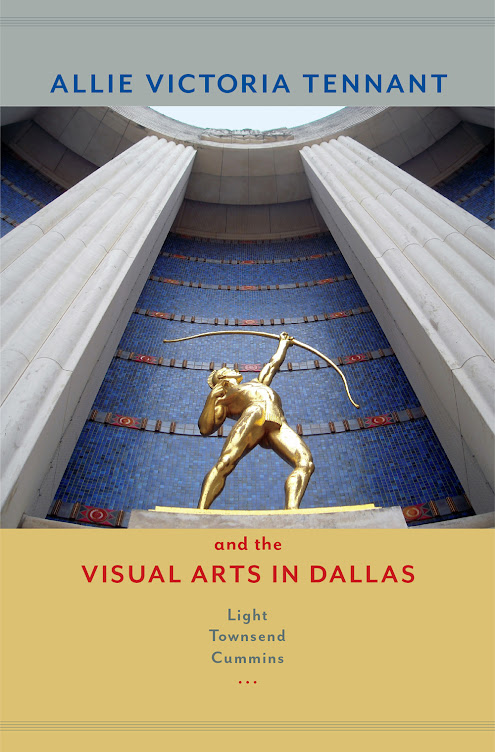The Regionalists were a
varied group of Texas artists who lived mostly in the Dallas area during the late 1920s and 1930s, although some lived much farther away including Tom Lea from El Paso. Some of these artists from Tennant’s circle were branded with
a term that subsequently came into widespread, popular usage to denote the
entire Regional movement: the “Dallas Nine.” This originated with a 1932
showing of Regional paintings at the Dallas Public Art Gallery. The exhibit
highlighted the work of nine Dallas artists, all men and all easel painters,
each of whom was a self-described Regionalist. The artists in this show were Jerry
Bywaters, John Douglass, Buck Winn, Otis Dozier, Lloyd Goff, Perry Nichols,
William Lester, Everett Spruce, and Charles L. McCann. "The Dallas Nine”
constituted, as art historian Rick Stewart explained decades later, “a larger
group of painters” who embraced the Regionalist viewpoint. Some women in
fact belonged to the community of Dallas artists comprising this school of
expression. Florence McClung, Dorothy Austin, Coreen Mary Spellman and several
of her colleagues in the Art Department of the female college at Denton; Stella
L. LaMond at East Texas State Teacher’s College and then S.M.U.; Blanche
McVeigh and Evaline Sellors -- all lived and worked in the greater Dallas-Fort
Worth area of North Texas during the 1930s. Significant among these women, of course, was
Allie Tennant, who emerged as the most prominent female Regionalist artist
in Dallas and who was likely the best-known of them to the general public.
 |
| Many of the artists pictured in this 1931 image were Regionalists, including Allie Tennant who is number 14 |
Read about the Dallas Nine in the Handbook of Texas. ClickHere

